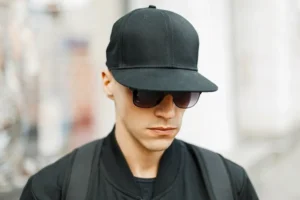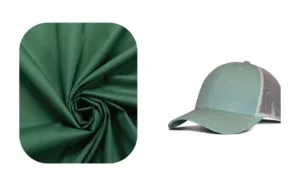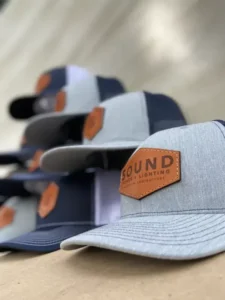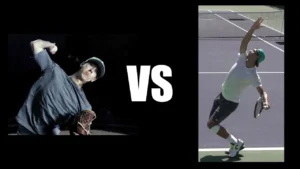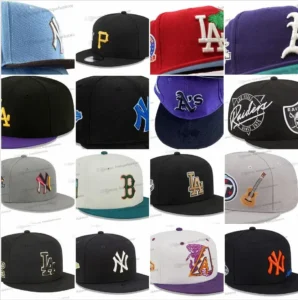Baseball caps are more than just casual accessories; they’re an intersection of style, function, and craftsmanship. One often-overlooked component—the brim—plays a critical role in the cap’s performance, durability, and aesthetic appeal. Whether you’re shielding your eyes from the sun, adding a statement piece to your outfit, or wearing a team’s logo with pride, the brim is central to that experience.
The brim of a baseball cap typically contains a stiff insert made from materials like plastic, cardboard, resin-fiber blends, or foam, covered with fabric to provide shape, shade, and style. The choice of material influences how long the cap lasts, how comfortable it feels, and even its environmental footprint.
Years ago, a vintage cap collector found an old baseball cap from the 1970s. The brim had softened over time, the cardboard core slightly warped by years of use and exposure. That worn brim told a story of game days, outdoor adventures, and design evolution—a reminder that what’s inside a cap is just as important as what’s on the outside. In this guide, we’ll lift the fabric and explore the hidden world inside the brim.
1. What materials are commonly used in the brim of a baseball cap?

Most baseball cap brims are made from HDPE plastic, paperboard (cardboard), resin-fiber blends, or foam inserts. Each option offers different benefits in terms of durability, flexibility, weight, and sustainability.
HDPE plastic dominates modern sports caps thanks to its toughness and water resistance. Paperboard, once common, is now favored mainly in vintage reproductions for its authentic feel and eco-friendliness. Resin-fiber blends are a premium choice, balancing strength and heat resistance. Foam inserts, meanwhile, are lightweight and comfortable, ideal for casual or lifestyle caps.
- HDPE Plastic: Extremely durable, resists water, and holds shape well. Ideal for high-performance sports caps but less eco-friendly unless recycled.
- Paperboard (Cardboard): Lightweight, biodegradable, and cost-effective, but vulnerable to moisture damage. Popular in vintage styles.
- Resin-Fiber Blends: Strong, stable under heat, and long-lasting. Common in premium branded caps where quality is critical.
- Foam Inserts: Cushioned, flexible, and comfortable. Best for lifestyle or all-day wear.
| Material | Durability | Water Resistance | Eco-Friendliness | Typical Use Case |
|---|---|---|---|---|
| HDPE Plastic | ★★★★★ | ★★★★★ | ★★☆☆☆ | Sports & outdoor caps |
| Paperboard | ★★☆☆☆ | ★☆☆☆☆ | ★★★★★ | Vintage replicas, fashion |
| Resin-Fiber Blend | ★★★★★ | ★★★★☆ | ★★★☆☆ | Premium branded caps |
| Foam Insert | ★★★★☆ | ★★★☆☆ | ★★★☆☆ | Comfort & lifestyle caps |
The choice of brim material isn’t just about structure—it also affects comfort, environmental impact, and brand perception. A sports brand might prioritize HDPE for reliability in extreme weather, while a sustainable fashion label could choose cardboard or bio-based resins to align with eco-conscious customers.
2. How is the brim constructed and assembled within a cap?
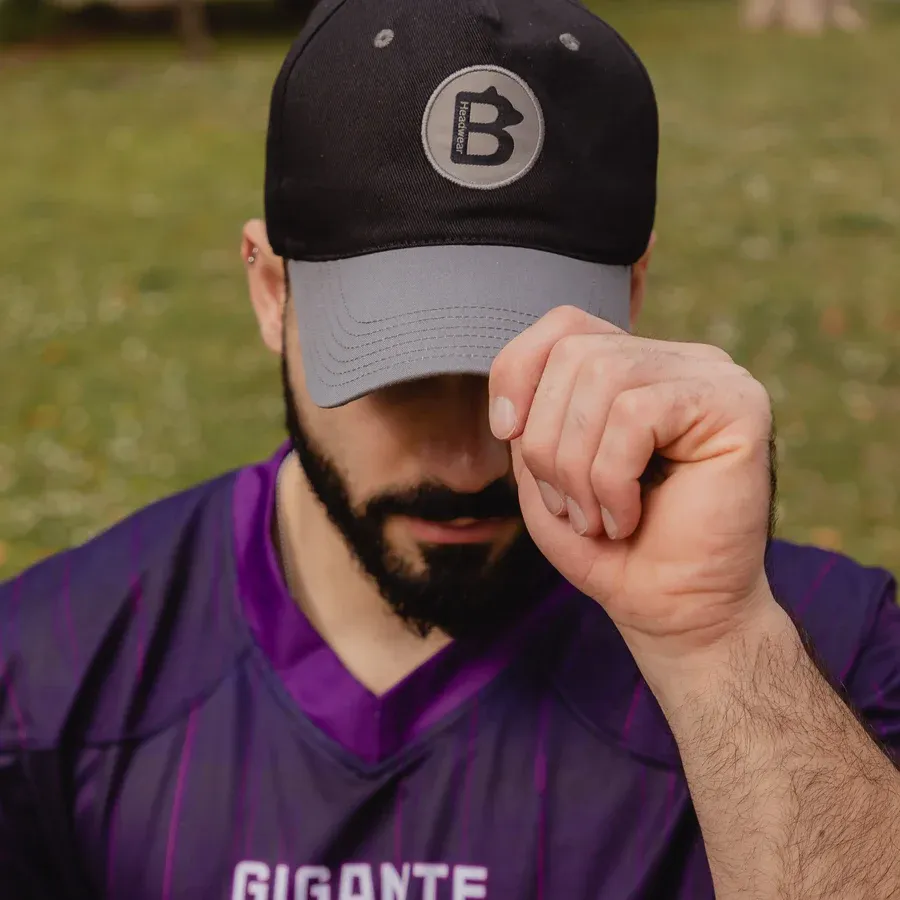
The brim is cut, shaped, wrapped, and stitched into the cap to ensure durability, style, and consistent performance.
Production begins by die-cutting the brim core from sheets of plastic, cardboard, or fiber blends. For pre-curved caps, the insert is heat-molded into shape; flat brims skip this step for a more modern look. The insert is then wrapped in fabric, typically matching or contrasting with the cap’s crown.
Once wrapped, multiple rows of stitching secure the fabric in place, add reinforcement, and contribute to the overall design. Some brims feature edge binding or a “sandwich” layer—a strip of contrasting fabric sandwiched between the top and bottom layers—for visual flair. Finally, the finished brim is sewn to the crown panels with reinforced stitching to withstand years of use.
The process blends machine precision with careful craftsmanship. For example, if the fabric isn’t perfectly taut during wrapping, it can wrinkle or warp over time. Likewise, poor stitching can lead to uneven curves or fabric loosening, impacting both function and style.
| Step | Description | Purpose |
|---|---|---|
| Die-Cutting | Inserts cut from material sheets | Ensures uniform size and shape |
| Heat Molding | Shaping the brim with heat and molds | Sets curve or keeps brim flat |
| Fabric Wrapping | Covering the insert with fabric | Adds style and protects core |
| Edge Binding | Optional trim around brim edges | Enhances durability and appearance |
| Crown Attachment | Sewing brim to front crown panels | Provides structure and stability |
3. Which parts or design features contribute to the brim’s functionality and aesthetics?
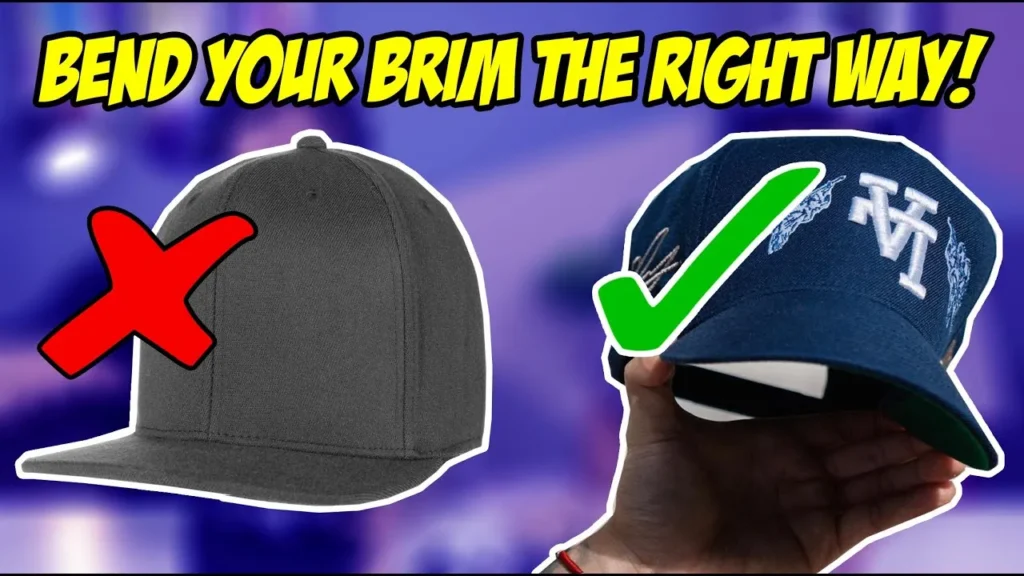
The brim’s role goes beyond being a sun shield—it’s a canvas for style. Its performance and appearance come from several key components:
- Core Material: Determines shape retention and durability.
- Fabric Cover: Adds texture, color, and branding opportunities.
- Multiple Stitch Rows: Provide strength and visual structure.
- Sandwich Layer: A contrasting strip between upper and lower layers for added flair.
- Edge Binding: Protects the brim’s edges and enhances style.
- Decorative Embroidery: Some caps place logos or motifs directly on the brim.
Functionality comes first for sports caps, where a sturdy core and moisture-wicking fabric are crucial. In contrast, fashion-forward streetwear might emphasize unique stitching patterns, distressed edges, or bold fabric contrasts to make the brim a focal point.
| Feature | Functional Benefit | Visual/Aesthetic Impact |
|---|---|---|
| Core Material | Determines durability & shape retention | None visible |
| Fabric Cover | Adds comfort & texture | Can be matched or contrasted |
| Multiple Stitch Rows | Reinforces structure | Creates patterned look |
| Sandwich Layer | Minimal functional change | Adds pop of color between layers |
| Edge Binding | Protects edges from wear | Frames the brim visually |
| Embroidery | Minimal functional change | Allows branding on brim itself |
4. Why do different materials and designs matter — what are their performance and sustainability implications?
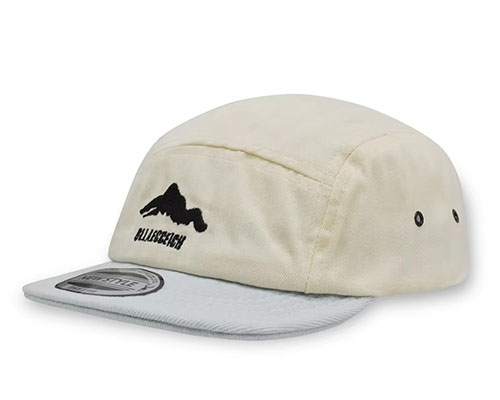
Material and design choices directly impact durability, comfort, moisture resistance, production cost, and environmental sustainability.
Plastic excels at shape retention and water resistance, making it ideal for outdoor performance. Cardboard offers eco-friendliness and low cost but fails in wet weather. Resin-fiber blends strike a balance between performance and longevity, while foam prioritizes comfort.
Sustainability is also a growing factor. Brands are experimenting with recycled HDPE, biodegradable resins, and organic cotton fabric covers. Consumer demand is pushing manufacturers to balance performance with eco-consciousness, but challenges remain—especially in cost and scaling production without sacrificing quality.
| Material Choice | Performance | Sustainability | Market Adoption |
|---|---|---|---|
| Plastic | High | Low–Medium | Widespread |
| Cardboard | Low–Medium | High | Niche |
| Resin-Fiber | High | Medium | Premium Segment |
| Foam Hybrid | Medium | Medium | Lifestyle |
5. Do manufacturers still use vintage materials or adopt new innovations for brims?
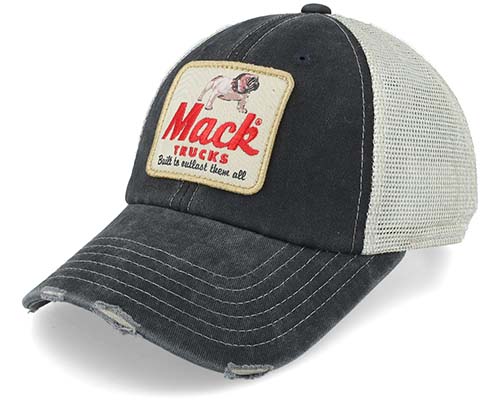
While cardboard brims have largely been replaced in mainstream production, they remain popular among collectors and brands producing retro replicas. These brims capture the authentic look and feel of caps from past decades but require careful handling and maintenance.
Modern innovations include:
- Recycled Plastics: Sourced from post-consumer waste like bottles, reducing landfill impact.
- Plant-Based Resins: Derived from cornstarch or sugarcane, offering biodegradability without sacrificing rigidity.
- Hybrid Cores: Combining foam layers for comfort with rigid sheets for stability.
The challenge for manufacturers is balancing nostalgia with performance. A retro cap with cardboard might look authentic but won’t hold up like a resin-fiber or HDPE brim in wet or high-use environments. For many brands, hybrid solutions deliver the best of both worlds.
| Material Type | Durability | Water Resistance | Eco-Friendliness | Common Use Case |
|---|---|---|---|---|
| Cardboard (Vintage) | ★★☆☆☆ | ★☆☆☆☆ | ★★★★★ | Retro reproductions |
| HDPE Plastic | ★★★★★ | ★★★★★ | ★★☆☆☆ | Modern sports caps |
| Recycled Plastic | ★★★★★ | ★★★★★ | ★★★★☆ | Eco-conscious performance caps |
| Plant-Based Resin | ★★★★☆ | ★★★☆☆ | ★★★★★ | Sustainable fashion & lifestyle |
| Hybrid Core | ★★★★☆ | ★★★★☆ | ★★★☆☆ | Comfort + durability combination |
6. How can one identify the type of brim inside their cap?
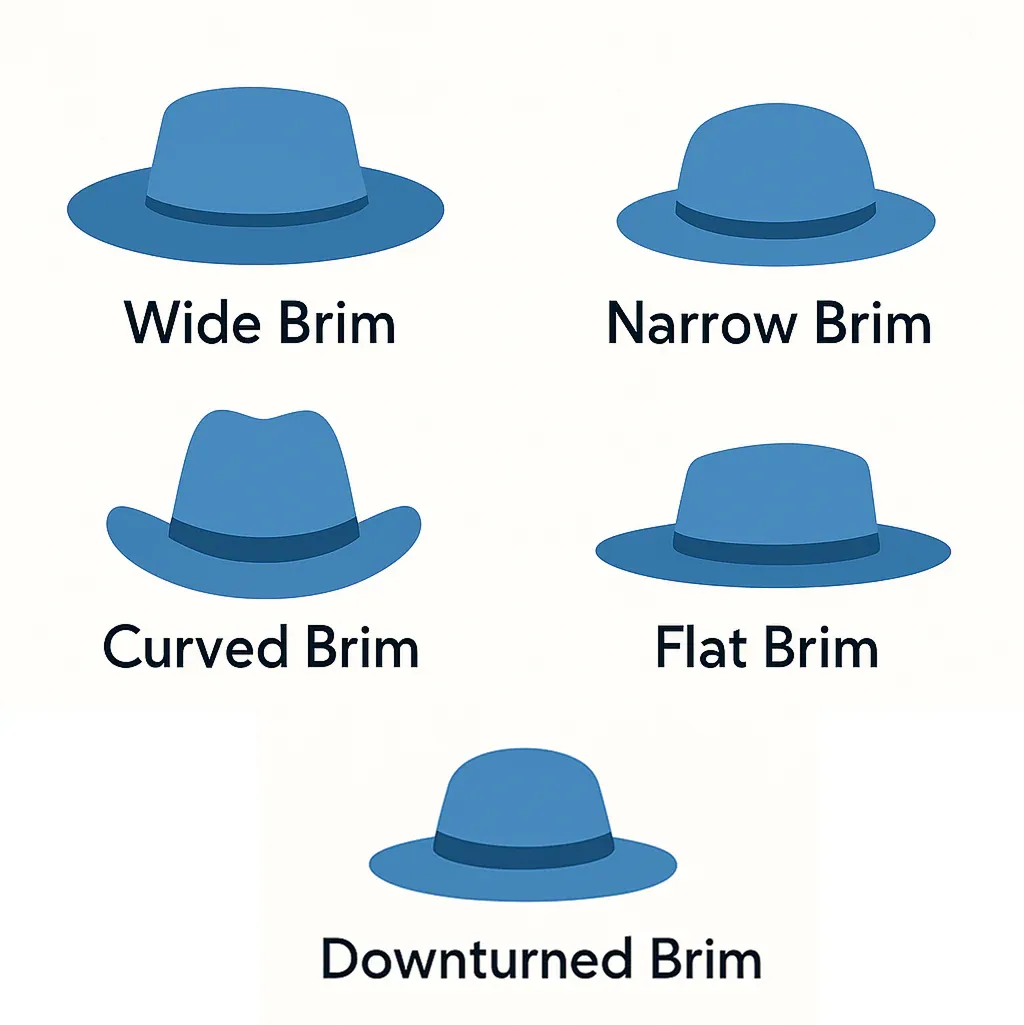
You can determine brim type by assessing flexibility, weight, sound, and moisture reaction. Plastic is rigid, heavier, and makes a sharper tapping sound. Cardboard is softer, lighter, and more absorbent.
Flex Test: Bend the brim slightly—plastic resists, cardboard bends easily.
Tap Test: Tap the underside—plastic clicks, cardboard thuds.
Moisture Reaction: (Test with caution) Cardboard warps if damp; plastic remains unaffected.
Edge Peek: Carefully lift fabric at a hidden seam to see the insert’s color and texture.
For collectors and designers, knowing the material is essential for maintenance, restoration, or specifying production requirements.
| Test Method | What to Check | Likely Material Result |
|---|---|---|
| Flex Test | Resistance to bending | High resistance = Plastic; More give = Cardboard |
| Tap Test | Sound when tapped | Sharp click = Plastic; Dull thud = Cardboard |
| Moisture Test | Reaction to dampness | Warps quickly = Cardboard; No effect = Plastic |
| Edge Peek | Visible color/texture of insert | White/clear = Plastic; Brown/grey = Cardboard |
Why Brim Knowledge Matters for Your Next Cap Order
The brim is the unsung hero of baseball cap design. It influences not only the cap’s look and comfort but also its lifespan and environmental impact. From durable HDPE for performance sports caps to biodegradable resins for eco-conscious brands, the choice of brim material shapes the story your cap tells.
At Kinwin, we specialize in custom hat design and manufacturing. We combine advanced machinery, strict quality control, and sustainable materials to create brims—and caps—that stand out. Whether you’re launching a fashion line or producing corporate merchandise, we can help you craft the perfect product.


